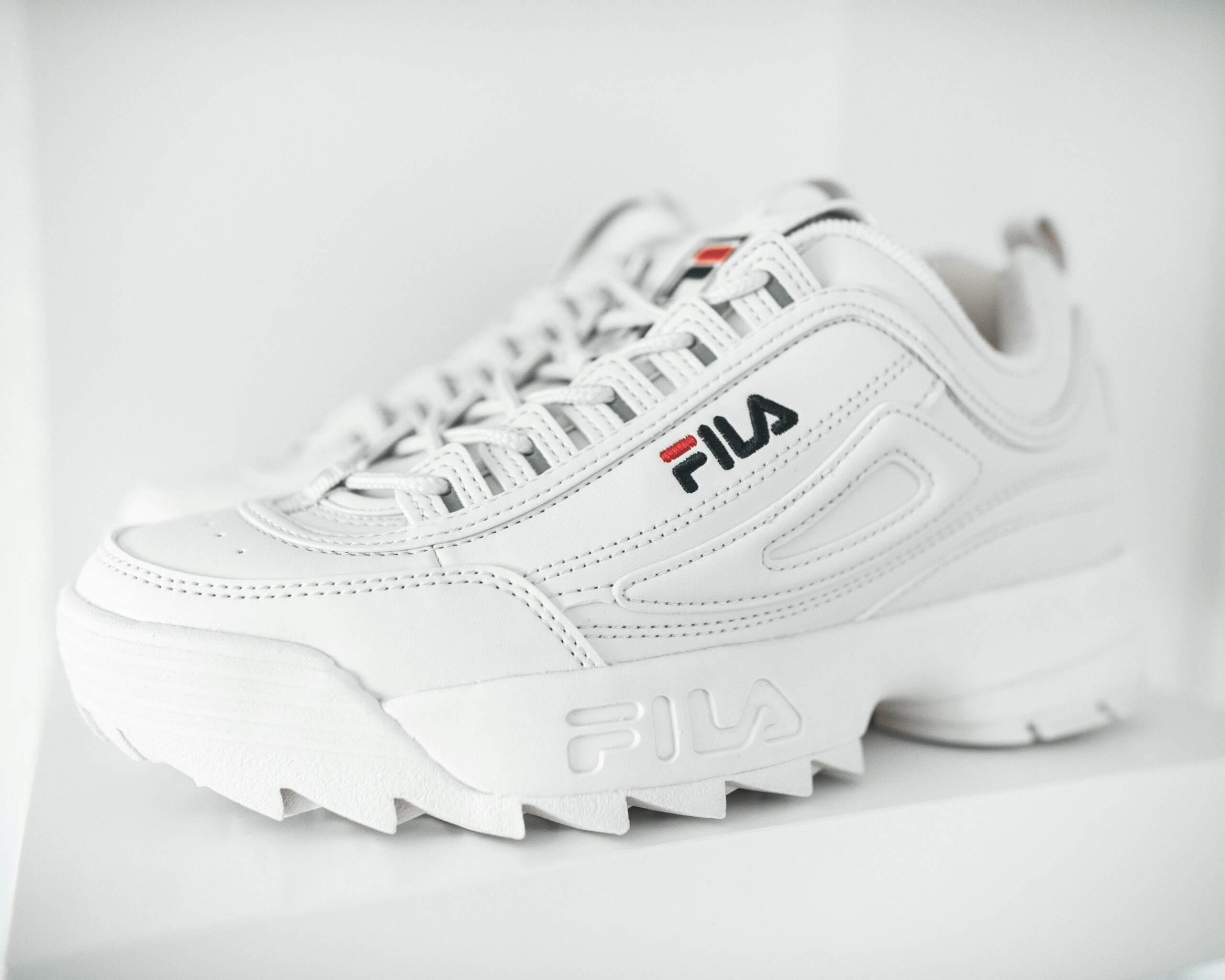
The footwear industry is dynamic and challenging, with opportunities for those who can navigate its complexities with insight and creativity. It demands a passion for fashion and design and a deep understanding of consumer behavior, market trends, and effective business strategies. Drawing on the wisdom of seasoned shoe business experts, this article unfolds a series of invaluable lessons that can pave the way to success for aspiring entrepreneurs and established companies in the world of shoes.
Mastering Market Research: The First Step
Understanding the market is the foundational step in the journey to success in the shoe industry. A shoe business expert emphasizes the importance of comprehensive market research to grasp fully what drives consumer decisions and how to position one’s brand effectively.
Identifying Target Audiences
Knowing who your customers are is critical. Are they fashion-forward young adults, busy professionals looking for comfort and durability, or perhaps fitness enthusiasts seeking the latest athletic wear? Pinpointing your target audience helps tailor your products and marketing efforts to meet their needs and preferences.
Analyzing Competitors
A thorough competitive analysis can provide crucial insights into what works and doesn’t within your niche. This involves studying competitors’ designs, pricing, marketing strategies, and customer service. Understanding these elements can help you differentiate your brand and offer something uniquely appealing.
Design Innovation: Beyond Aesthetics
In a market as vast as footwear, innovation in design can set a brand apart. This goes beyond aesthetics to incorporate functionality, comfort, and new technologies.
Prioritizing Ergonomics
Shoes are not just fashion statements but are worn for comfort and utility. Designing with ergonomics in mind can lead to products that look good and provide superior comfort and support, significantly enhancing consumer satisfaction and brand loyalty.
Leveraging Technology
Incorporating technology in shoe design—such as enhanced cushioning systems, improved traction, or wearables that track physical activity—can appeal to tech-savvy consumers and those looking to footwear for more than its traditional uses.
Building a Robust Brand: More Than Just a Logo
Branding in the footwear industry is about creating stories that resonate with consumers. A compelling brand identity transcends the product itself and taps into the emotions and lifestyles of its audience.
Crafting a Compelling Narrative
A shoe business expert knows that the brand story is pivotal. Whether it’s a sustainability, innovation, or heritage story, your narrative should communicate your brand’s values and vision. This connection can turn casual buyers into loyal customers.
Consistent and Strategic Marketing
Effective branding is consistently applied across all platforms and marketing strategies. Whether through social media, traditional advertising, or influencer partnerships, maintaining a consistent brand voice and image helps reinforce your market position and build a stronger rapport with customers.
Sales Strategies: Optimizing Distribution
Successful shoe companies understand that their sales strategy needs to be as multifaceted as their designs. Diversifying sales channels and maximizing each platform’s potential can dramatically increase market reach and revenue.
Embracing E-commerce
Online sales are indispensable in today’s market. An effective e-commerce strategy encompasses an easy-to-navigate website, mobile optimization, and robust digital marketing tactics that drive traffic and conversions.
Retail and Beyond
While online presence is crucial, physical retail presence, pop-up shops, and participation in trade shows can also play a significant role in brand building and sales. Each channel offers different benefits and reaches different segments of your market.
Sustainability and Ethics: A Modern Imperative
Sustainability is no longer just a buzzword; it’s a business imperative, especially in industries like footwear, which can have significant environmental impacts.
Implementing Sustainable Practices
Sustainability can be a significant selling point, from sourcing eco-friendly materials to adopting more efficient manufacturing processes. Moreover, it aligns with the increasing consumer demand for ethical and environmentally friendly products.
Transparency Matters
Today’s consumers are more informed and conscientious. They value transparency about where and how products are made. Providing this information can enhance consumers’ trust and loyalty, particularly millennials and Gen Z shoppers.
The Journey to Successful Shoemaking
Stepping into the shoe business is no small feat. It requires a balanced approach that combines creative design with strategic business acumen. Shoe businesses can survive and thrive in this competitive industry by understanding the market, innovating in product development, building a strong brand, optimizing sales strategies, and committing to sustainability. These lessons from a shoe business expert provide a roadmap that, if followed with diligence and creativity, can lead to significant achievements and lasting success in the vibrant world of footwear.